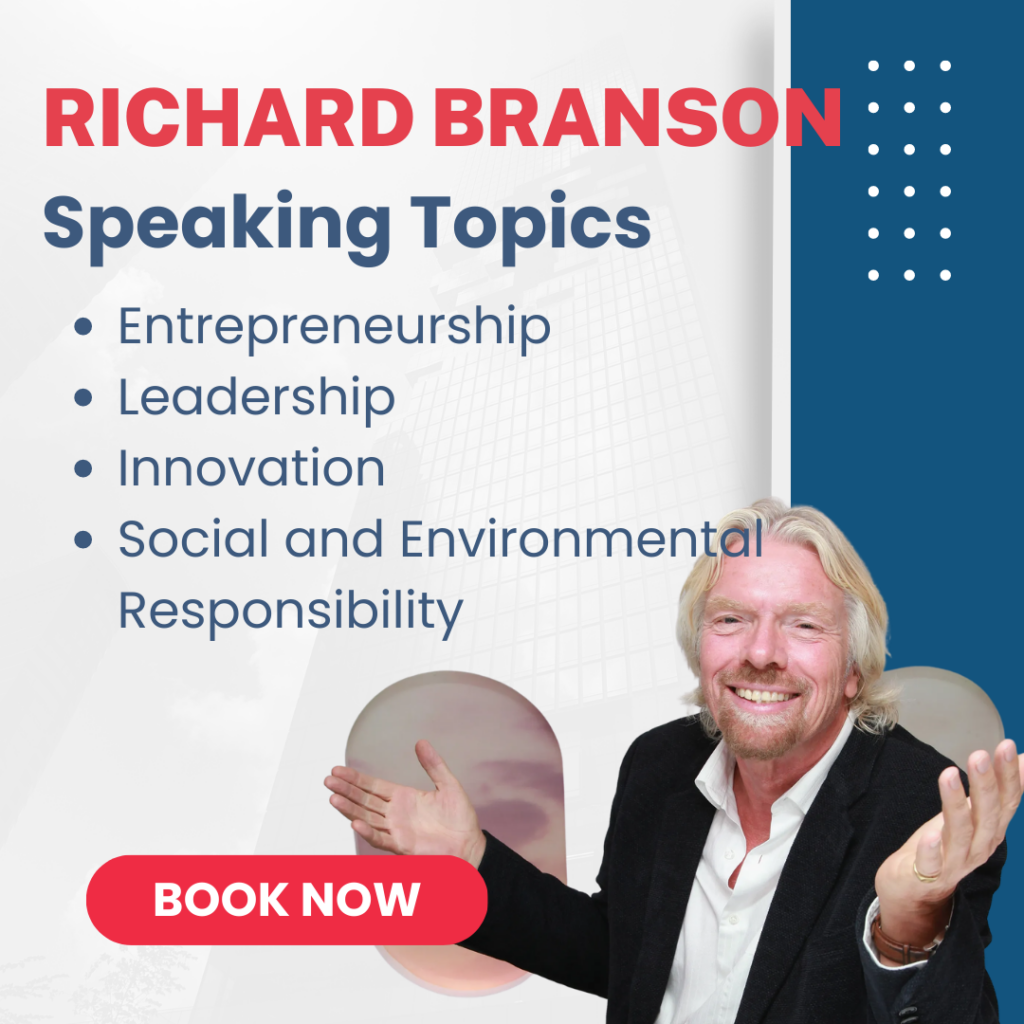
How To Introduce A Keynote Speaker
If you have ever attended a conference or event where a keynote speaker was featured, you know just how important the introduction can be. An effective introduction sets the tone for the entire presentation and can greatly impact the audience’s engagement and interest. Unfortunately, not all introductions are created equal, and a poorly executed introduction can detract from even the most captivating of speakers. In this article, we will explore how to introduce a keynote speaker with confidence and authority.
Understanding the Role of an Introducer
Before we dive into the specifics of how to prepare for and deliver an effective introduction, let’s take a moment to discuss the role of an introducer. Essentially, an introducer’s job is to build anticipation for the upcoming presentation and establish the speaker’s credibility. This means providing context for the audience regarding the speaker’s background, achievements, and expertise.
It’s important to note that an introduction is not just a formality or a way to fill time before the main event. A well-crafted introduction can make a huge difference in the success of a presentation. It can help to engage the audience, create a personal connection, and set the tone for the rest of the event. By contrast, a poorly executed introduction can undermine the speaker’s message, detract from their credibility, and disengage the audience. Therefore, it’s crucial to prepare thoroughly for the introduction and to deliver it with confidence.
The Importance of a Proper Introduction
When it comes to public speaking, first impressions matter. A strong introduction can capture the audience’s attention and make them eager to hear what the speaker has to say. On the other hand, a weak introduction can leave the audience feeling indifferent or even skeptical about the speaker’s message.
Think of the introduction as a bridge between the speaker and the audience. It’s the introducer’s job to create a connection between the two, to establish trust and credibility, and to set the stage for a successful presentation. A well-crafted introduction can also help to create a sense of excitement and anticipation for the upcoming talk, which can help to keep the audience engaged throughout.
Key Responsibilities of an Introducer
As an introducer, there are several key responsibilities that you should be aware of. Firstly, you must research the keynote speaker thoroughly to ensure that you have all of the relevant information you need to craft a compelling introduction. This includes information on their background, qualifications, and significant accomplishments.
Secondly, you must tailor your introduction to the specific audience that will be hearing the presentation. This means speaking to their interests, needs, and expectations. For example, if the audience is made up of industry professionals, you may want to highlight the speaker’s experience and expertise in the field. If the audience is more general, you may want to focus on the speaker’s ability to connect with people and make complex ideas accessible.
Finally, you must deliver the introduction with poise and confidence, setting the stage for a successful presentation. This means practicing your delivery beforehand, paying attention to your tone and body language, and making sure that you’re comfortable with the material. Remember, the introduction is your chance to make a strong first impression, so make the most of it!
Preparing for the Introduction
Researching the Keynote Speaker
Effective introductions are built upon a solid foundation of research and preparation. This involves gathering information on the keynote speaker’s professional accomplishments, areas of expertise, and speaking style. You can find this information by conducting online research, reading the keynote speaker’s biography, or reaching out to them directly. The goal is to develop a clear understanding of the speaker’s approach to their work and their unique perspective.
It is also important to consider the context of the event in which the keynote speaker will be presenting. Are they the only speaker, or will there be multiple presenters? Is the event part of a larger conference or a standalone event? Understanding the context will help you to craft an introduction that sets the stage for the speaker’s presentation and connects with the overall theme of the event.
Gathering Relevant Information
Once you have a solid understanding of the speaker’s background, you can begin to gather specific information that will be useful in crafting your introduction. This includes information on the specific topic of the presentation, recent projects or publications that the speaker has been involved in, and any relevant awards or recognition that they have received. This information will help you to paint a complete picture of the speaker’s professional experience and establish their credibility with the audience.
It is also important to consider the tone of the introduction. Will it be formal or informal? Should it be humorous or serious? Understanding the tone of the event and the speaker’s presentation style will help you to strike the right balance in your introduction.
Tailoring the Introduction to the Audience
One of the most critical aspects of delivering an effective introduction is understanding your audience. This means taking into consideration their background, interests, and goals. Your introduction should be tailored to resonate with your specific audience and pique their interest in the presentation.
Consider your audience’s demographics, any specific industry knowledge they may have, and any relevant cultural factors that may affect their engagement with the presentation. For example, if the audience is primarily made up of healthcare professionals, you may want to highlight the speaker’s experience in the medical field and their contributions to the industry.
Finally, it is important to practice your introduction to ensure that it flows smoothly and effectively introduces the keynote speaker. Rehearsing your introduction will also help you to feel more confident and prepared when it comes time to deliver it.
Crafting a Compelling Introduction
Highlighting the Speaker’s Accomplishments
When crafting your introduction, it’s essential to highlight the keynote speaker’s significant accomplishments and position them as an expert in their field. This will help to establish their credibility with the audience and build anticipation for the presentation. You can mention any awards they’ve received, notable projects or publications, or their overall career trajectory. The key is to demonstrate why the speaker is uniquely qualified to deliver the presentation.
Creating a Personal Connection
A successful introduction should also strive to create a personal connection between the keynote speaker and the audience. This might involve acknowledging the speaker’s unique perspective or sharing a personal anecdote that highlights their expertise. You could also mention how their work has impacted your own professional journey or relevance to the audience’s interests.
Building Anticipation for the Presentation
Finally, a great introduction should build anticipation for the upcoming presentation. This may involve highlighting some of the key points that the speaker will cover, teasing any exciting and surprising moments, or making a bold statement that captures the audience’s attention. The idea is to set the stage for an engaging and thought-provoking presentation.
Delivering the Introduction
Mastering the Art of Public Speaking
Public speaking is an art that requires a combination of skills, including crafting an effective introduction and delivering it with confidence and poise. An introduction is the first impression that the audience has of the speaker and the event. Therefore, it is essential to make it engaging and captivating.
To master the art of public speaking, you need to prepare and practice your introduction multiple times. Practice will help you to feel more comfortable and confident on stage. Pay attention to your pacing, tone, and body language. Your body language should be deliberate and purposeful to create a positive impression on the audience. (57) How to Prepare and Deliver a Keynote Speech – YouTube
Engaging the Audience
Engaging the audience is another critical aspect of delivering an effective introduction. You can start with a relevant and engaging anecdote or ask a question that piques their curiosity. However, it is essential to maintain eye contact, modulate your voice for emphasis, and keep your movements deliberate and purposeful. The more engaged the audience is, the more receptive they will be to the speaker’s presentation.
Keep in mind that the audience is not passive listeners; they are active participants. Therefore, it is essential to connect with them emotionally and intellectually. You can do this by using humor, storytelling, or relevant examples to create a connection with the audience.
Setting the Tone for the Event
Your introduction sets the tone for the entire event. It’s your opportunity to create a sense of excitement, anticipation, and engagement that will carry through the entire presentation. By delivering a well-crafted, well-researched, and engaging introduction, you can help to ensure that the speaker’s message resonates with your audience and leaves a lasting impression.
The tone you set will depend on the event’s objective and the speaker’s topic. For example, if the event is a product launch, you can create excitement by highlighting the product’s unique features and benefits. If the event is a charity fundraiser, you can create an emotional connection by sharing a personal story or statistic related to the cause.
In conclusion, delivering an effective introduction requires a combination of skills, including preparation, practice, engagement, and setting the tone for the event. By mastering these skills, you can become a confident and effective public speaker who can capture the audience’s attention and leave a lasting impression.
Conclusion
When it comes to introducing a keynote speaker, preparation is key. By investing time in researching the speaker, gathering relevant information, and crafting an engaging introduction, you can help to set the stage for a successful presentation. Remember to tailor your introduction to your audience, highlight the speaker’s accomplishments, and create a personal connection. With practice and confidence, you can become a skilled introducer who helps to engage, inform, and inspire audiences.
BOOK NOW!




